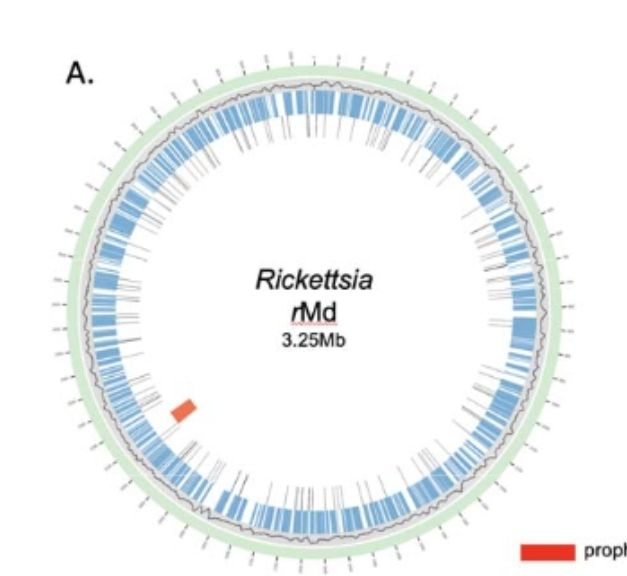
"I have a very special service for rich people ..."
"Oh yes?" said Ford, "And what's that?"
"I tell them it's OK to rich"....
"You what?" he said....
"It's my big number,... I have a Master's degree in Social Economics and can be very convincing. People love it."
"I have a very special service for rich people ..."
"Oh yes?" said Ford, "And what's that?"
"I tell them it's OK to rich"....
"You what?" he said....
"It's my big number,... I have a Master's degree in Social Economics and can be very convincing. People love it."



